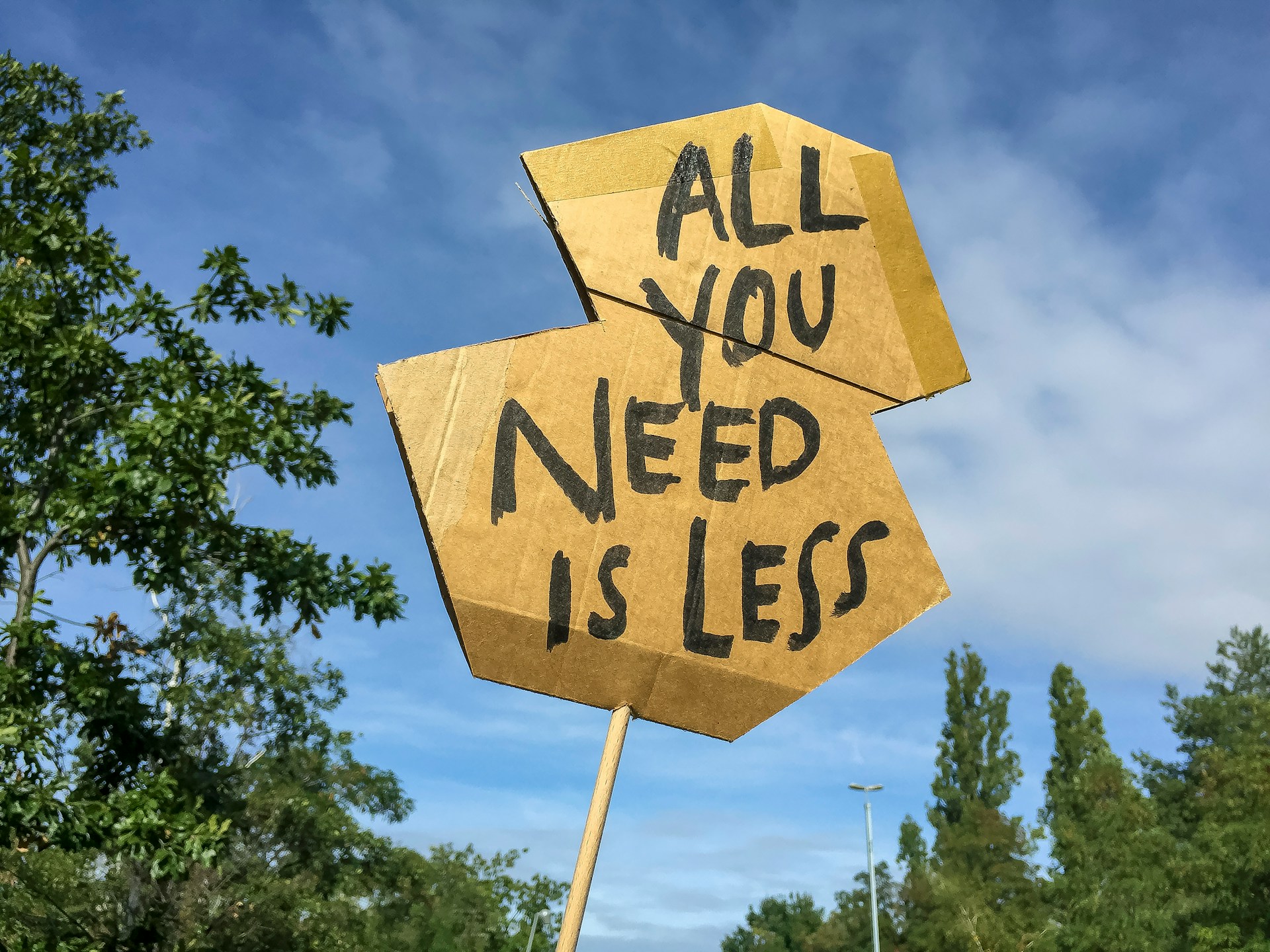- How Carbon Credit Trading Works
- Who Can Participate in Carbon Credit Trading?
- Differences Depending on Where You Live
- Take Action with Decarbon
- More wikis
Carbon credit trading is a mechanism that allows individuals, businesses, and governments to offset their carbon emissions by investing in projects that reduce greenhouse gas emissions. In this blog post, we’ll provide an overview of how carbon credit trading works, who can participate in the trading, and the differences depending on where you live.
How Carbon Credit Trading Works
Carbon credit trading works by creating a market for carbon credits or permits that represent a certain amount of carbon dioxide (CO2) or other greenhouse gases that can be released into the atmosphere. Companies that produce emissions in excess of their allocated allowance can purchase carbon credits from projects that reduce or avoid emissions, such as renewable energy or energy efficiency projects.
By investing in these projects, companies can offset their emissions and achieve their sustainability goals. The carbon credits can be traded on exchanges, and the price for each credit is determined by supply and demand.
Who Can Participate in Carbon Credit Trading?
Any company, organization, or individual that produces emissions can participate in carbon credit trading. Some companies participate voluntarily, while others are required to participate by government regulations such as the EU Emissions Trading System (ETS) or the California Cap-and-Trade Program.
Individuals can also participate in carbon credit trading by purchasing carbon offsets, which are credits that represent a reduction or avoidance of emissions from a specific project. These credits can be purchased from reputable organizations that have been certified by third-party standards such as the Verified Carbon Standard or the Gold Standard.

Differences Depending on Where You Live
The regulations and programs for carbon credit trading can vary depending on where you live. In the United States, the California Cap-and-Trade Program is the largest carbon market, while the Regional Greenhouse Gas Initiative (RGGI) operates in the Northeastern states. There are also voluntary carbon markets, such as the Chicago Climate Exchange.
In the European Union, the EU Emissions Trading System is the largest carbon market and covers a range of industries, including power generation, aviation, and manufacturing. The system operates on a cap-and-trade basis, and companies must purchase permits for any emissions that exceed their allocated allowance.
In conclusion, carbon credit trading is an important tool for reducing greenhouse gas emissions and achieving sustainability goals. By understanding how it works and who can participate, individuals and organizations can make informed decisions about their carbon offsetting strategies.
Take Action with Decarbon
Join the fight against climate change by using Decarbon, the app that helps you reduce your carbon footprint and track your progress. With Decarbon, you can easily calculate your carbon footprint, set goals to reduce it, and track your progress over time. Decarbon works for both individuals and businesses.

By using Decarbon, you can also purchase carbon credits to offset your carbon footprint and support verified and certified projects that reduce carbon emissions. With every purchase, you are contributing to the fight against climate change and making a positive impact on the environment and society.
Download Decarbon today and start taking action to reduce your carbon footprint. Together, we can make a difference.
More wikis


























